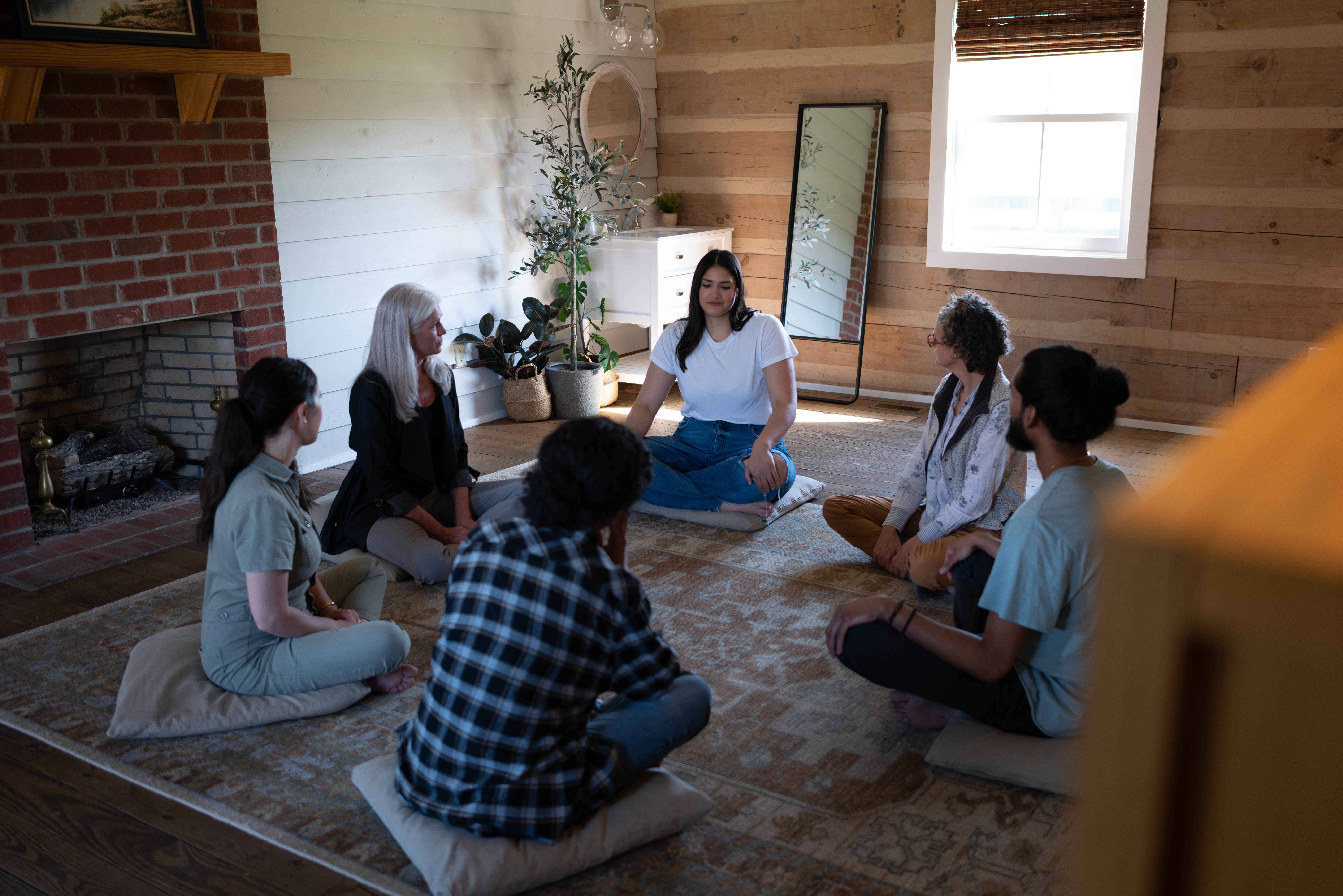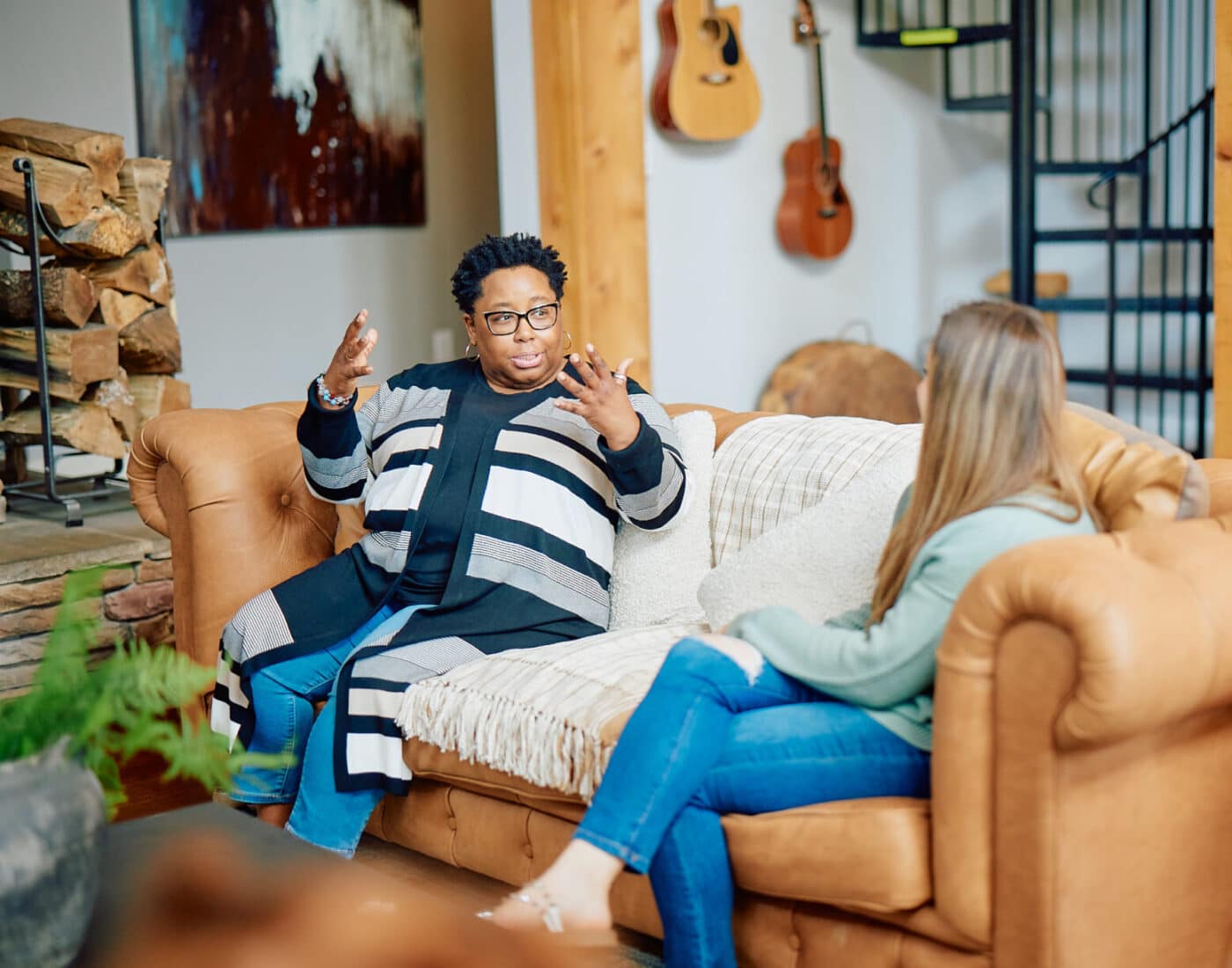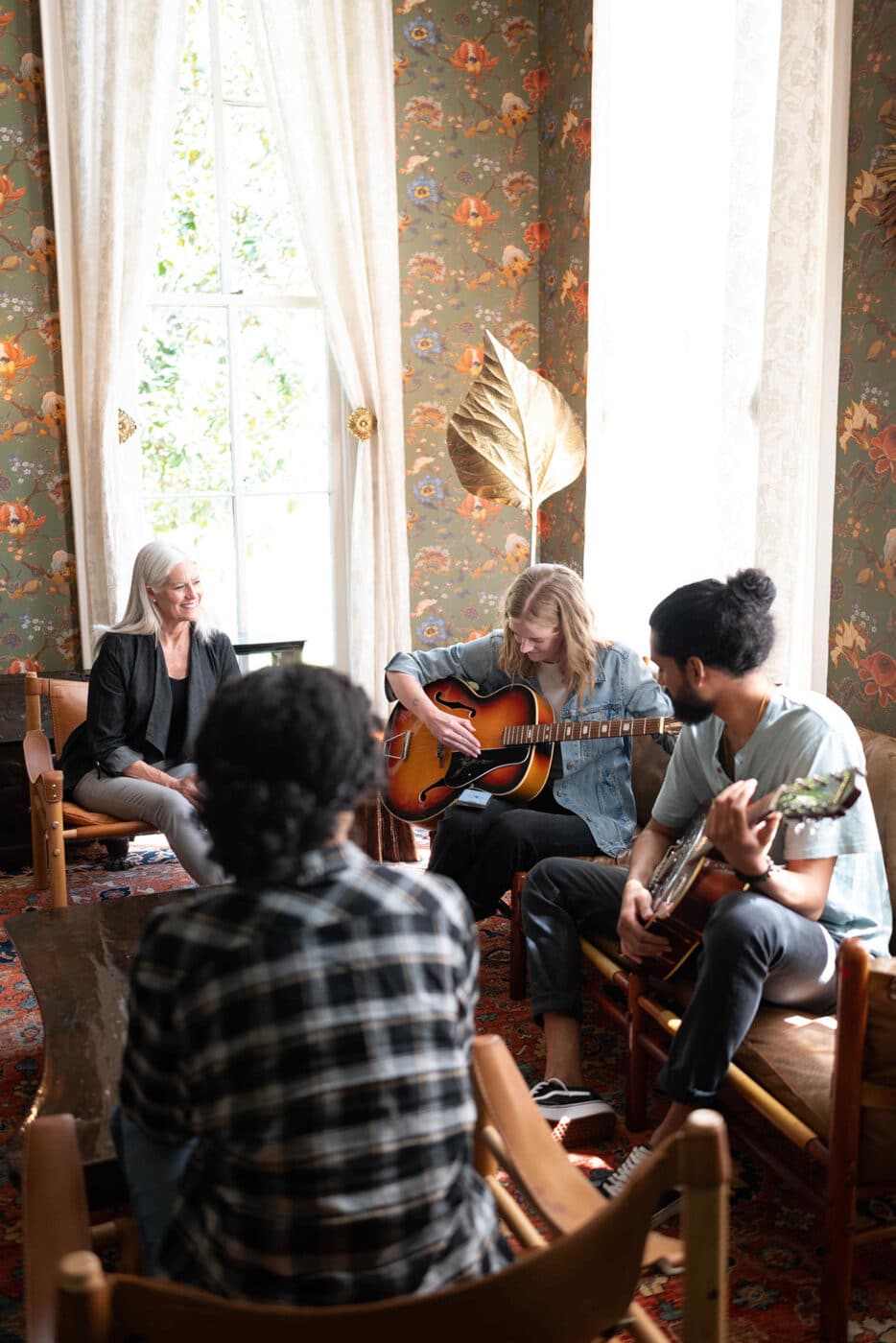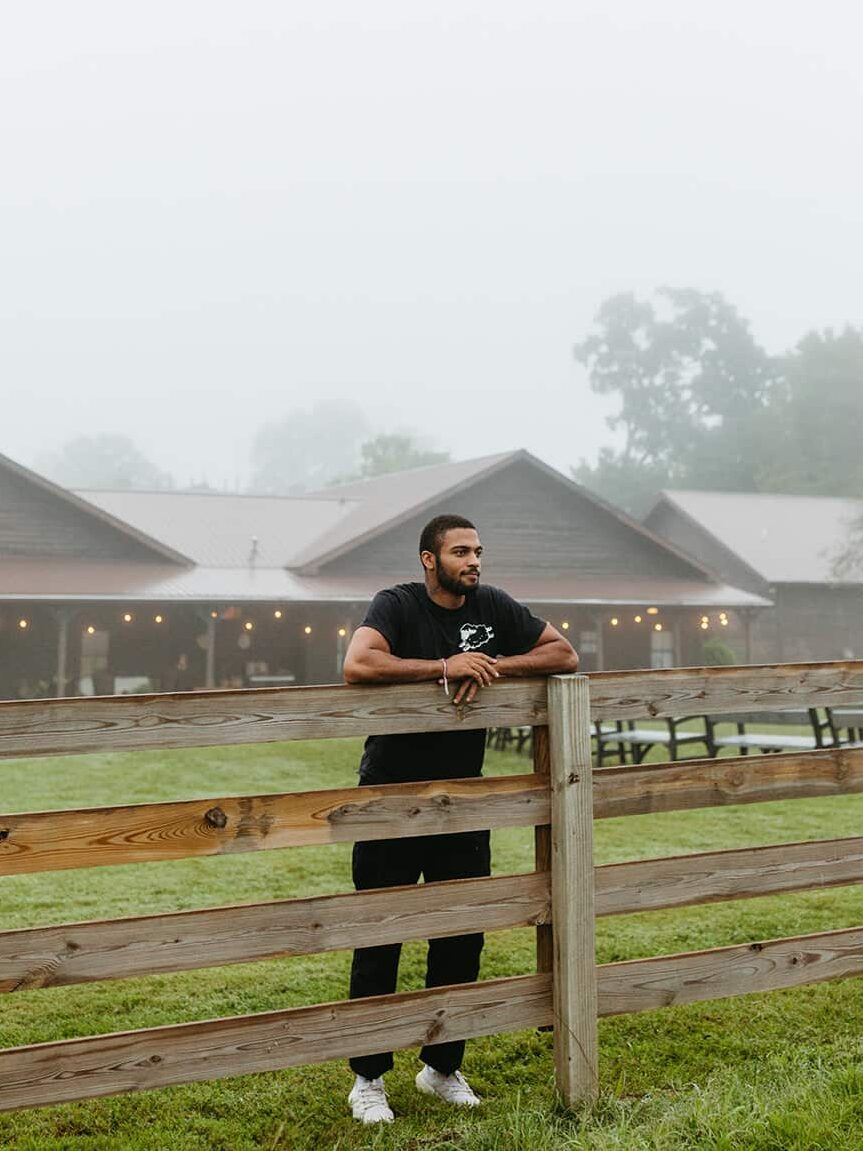How to Find a New Therapist
5 steps to find the right therapist for you.
Finding a therapist can be a daunting and nerve-racking process. If you’re looking for a new therapist, we want to commend you on taking the first step! Simply acknowledging that you want support is a critical part of the journey!
At Onsite, we believe that the connection brought through therapy is not something you need; it’s something we all deserve. We want to help you find the right therapist for your current season, circumstances, and goals.
Five Steps To Find A Therapist
1. Determine Your Needs
Before you can find the right therapist, you have to get clear about who you’re looking for.
Ask yourself a few questions:
- Do I want a therapist of a specific gender, religion, or cultural competence?
- Am I looking for a therapist trained in a specific method or modality? (It’s okay if you don’t know the answer to this!)
- Am I willing to do virtual online sessions?
- Do I need a therapist who takes insurance or works off a sliding scale?
- What is bringing me to therapy now?
2. Ask for referral from your support network
Reaching out to safe people in your support network is a great place to start when looking for a new therapist. If you’re in a community with people who are also on their own emotional health journeys, ask them if they like their therapists. If they do, find out what they like about them in particular. This will help give you a better idea of what to look for and what might be a good fit for you. Also, you can ask your friends to ask their therapists for a list of referrals they trust.
When finding a new therapist, like a good mechanic, if you ask around from different sources and begin to hear the same name multiple times, that’s a good indicator that that person is worth a shot.
3. Browse online
A blank search bar can be pretty intimidating. There are several amazing online therapy databases. One of our favorites is Psychology Today. You can search by area, modality, specializations, certification, religion, etc. onsiteworkshops.com
4. Reach out
Once you’ve found a therapist you’re interested in, reach out via email, a form on their website, or an old fashion phone call. In your initial contact, you’ll share a bit about why you’re looking for a therapist and a brief summary of what you’re looking to gain through your relationship. Several therapists even offer a complimentary introductory call to get to know them. Take advantage of this initial call, but don’t make a lasting judgment about them based on that call.
5. Make sure you’re a good match
You have permission and a responsibility to assess and determine whether the therapeutic relationship you’ve entered into is a good match. Many of us make the false assumption that because we’ve started the relationship, we can’t end it. We find ourselves stuck in a situation that we aren’t comfortable in and don’t enter into the vulnerability required to bring about change. The work we do with our therapist, then, does not move us forward in our emotional health journey.
It’s important to go into the first few sessions with intentionality. We encourage you to ask questions, and get to know them. Give yourself two to three sessions to determine if this is the therapist for you. You want to find someone who feels like a safe place to show up fully as yourself. If it’s not someone you want or can talk to, don’t be afraid to try someone new (just make sure to end the relationship respectfully).
It may take a few referrals or tries to find the right fit. THAT IS OKAY. THAT IS NORMAL! Keep at it.
We’re cheering you on! You deserve healing!















